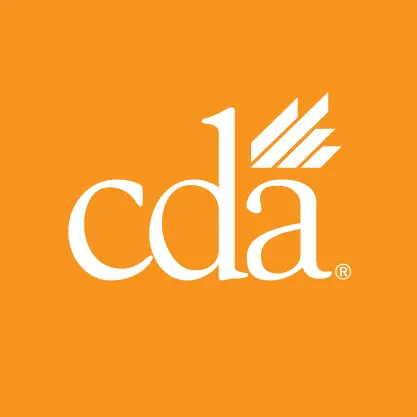CDA’s expert analysts hear from many member dentists who have never experienced a dental plan audit. Many ask if it’s legal. The short answer: It is, usually.
Read on for tips and CDA resources to help dental teams prepare for — and potentially avoid — a dental plan audit.
Post-pay audits: When dentists must participate
An often-overlooked portion of a dental benefit plan contract is the plan’s ability to conduct an in-office and/or chart record audit. These audits are post-pay audits, meaning the plan will review work and claims that the plan has already completed, billed and paid.
State regulators, such as the Department of Managed Health Care and Department of Insurance, require dental benefit plans to have quality management, utilization and anti-fraud policies and procedures in place to protect consumers. Performing these post-pay chart audits or reviews is one way dental plans comply with this requirement.
Lisa Greer, CDA’s dental benefits analyst, reminds dentists that if they are not contracted with the plan, they are not required to participate in a post-pay audit. “It is the participating provider agreement that gives the plan the authority to conduct this type of audit,” Greer says.
A plan may require prepayment review of claims for both contracted and noncontracted providers. During a prepayment review, the plan may review a claim billed but not yet paid by the plan, and during the review the plan may request additional documentation from the dental office prior to processing the claim.
Overutilization of services billed can ‘trigger’ a chart review
During a post-pay audit, a plan may review the office’s chart to ensure that the dental procedures reported by a dental office were provided within the terms of the dental benefit policy and the participating provider agreement.
These types of reviews often are triggered by a pattern of overutilization of services billed to the plan when compared to other dental offices. For example, if an office has billed the plan for scaling and root planing more often than other dental offices in the geographic region, the plan might suspect a pattern of overutilization. Once overutilization is identified, the plan may decide to review a sample of patient records to assess this irregular billing pattern compared to peer norm.
The plan usually chooses a list of charts for review based on the procedures it identified as a concern. The plan may request the office’s records or conduct an on-site review in the dental office. In most cases, the dental office will receive notification by mail, which should include the course of action, a list of requested patient records or a date announcing the on-site review of records.
The dental office typically must respond to the plan’s request within a specific time frame. The letter usually includes the contact information of the dental plan representative who can answer questions about the review process and sometimes grant additional time to respond to the request.
Dental offices are encouraged to contact the plan representative to better understand the review process. For example, the office might learn that the plan wishes to review the patient’s entire record, including the patient ledger or financials. The plan will use that information to check that what the office billed the plan matches the patient record, ensuring that the dentist is abiding by the contractual obligations laid out by the plan and agreed to during contracting.
Here are some billing patterns that the dental plan will identify as unusual or “of interest”:
- Listing the incorrect treating dentist on a claim
- Billing for services not rendered
- Intentional misreporting the date the service was rendered
- Deliberate performance of unnecessary services
- Reporting a more expensive procedure than was actually rendered (upcoding)
- A pattern of failure to collect a patient’s payment
Dentists’ right to appeal the audit findings
Once the dental plan has completed its audit, it will provide its findings to the dental office. Sometimes the plan will put the dental office on a corrective action plan. Or, if the discrepancies found resulted in overpayment by the plan, the plan may request a recoupment from the dental office.
A dental office has a right to appeal these findings.
“Although appealing the audit findings can be a time-consuming task, plans have adjusted the recoupment demand in some cases,” Greer says. Dentists who wish to appeal a plan’s recoupment demand must send the appeal in writing to the plan within 30 days of the date of the notification per California law.
Chart documentation guidelines and other CDA resources
Additional dental plan audit resources just for CDA members include:
- Dental Benefit Plan Handbook – Chapter 11
- Clinical Chart Documentation Guidelines
- One-on-one guidance with a CDA expert analyst
- Dental Benefits Issue Submission Form
“Member-dentists, don’t forget that your billing specialist and other front-office team members can also call in for one-on-one guidance or submit a question online,” Greer says. The team member will just want to have the dentist’s dental license number handy when they contact CDA.
Courses on dental benefit plans and billing at CDA Presents
Greer will bring her 20-plus years of dental industry experience to CDA Presents The Art and Science of Dentistry this May via six courses, including “Demystifying Dental Plans and Benefits as an Associate Dentist” on May 15, “Exploring Dental Plans: Strategies for Success and Enhanced Patient Experience” on May 16, and “Quality Assessments: A Kinder, Gentler Audit” on May 17.
Dentists and their teams can also find Greer answering questions at the CDA Member Benefit Center in the exhibit hall from 9-11:30 a.m. on Friday, May 16.

